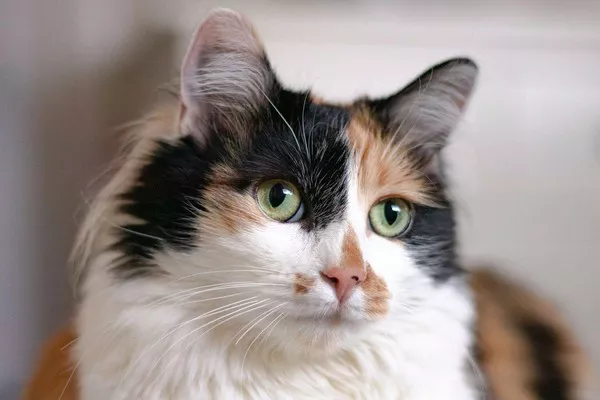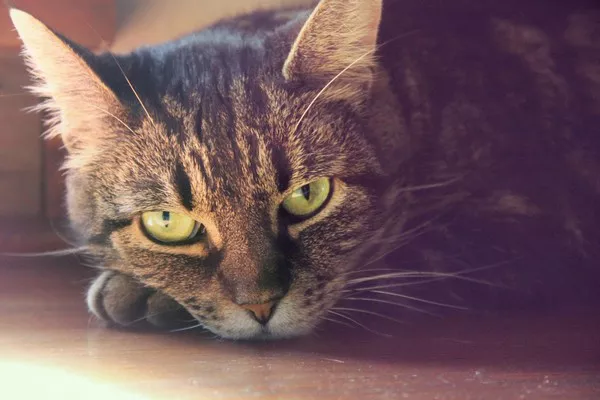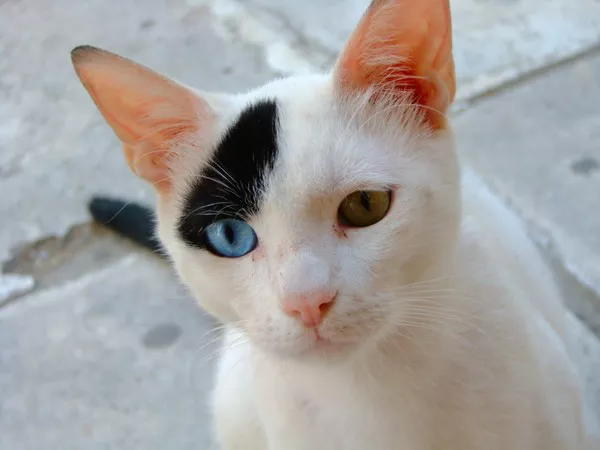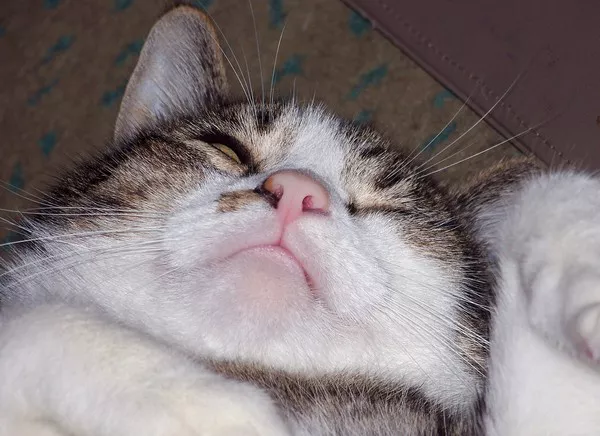Calico cats, with their distinctive tricolor fur pattern, have long been admired for their striking beauty. Comprising a mosaic of orange, black, and white patches, calicos are not a breed unto themselves but rather are defined by their coloration, which is intrinsically linked to their genetic makeup. Among the many fascinating aspects of calico cats is the occurrence of nystagmus—a condition characterized by involuntary eye movement. This article delves into the reasons behind why some calico cats may exhibit nystagmus, exploring genetic factors, associated health conditions, and the implications for the well-being of these unique animals.
Calico Cats and Their Genetic Background
The Role of X Chromosome Inactivation
To understand why calico cats may experience nystagmus, it’s important to first grasp the basics of their genetic underpinnings. The distinctive coloration of calico cats is due to X chromosome inactivation, a phenomenon occurring in female mammals. Cats have a gene for coat color located on the X chromosome. Since females have two X chromosomes, they can carry two different color alleles, which is why they can exhibit three colors (including white, which is controlled by a different gene). In each cell, one of the X chromosomes is randomly inactivated in a process known as Lyonization, leading to different cells expressing different colors, resulting in the patchwork appearance of calicos.
The Genetic Rarity of Male Calico Cats
Male mammals, including cats, typically possess one X and one Y chromosome, meaning they ordinarily display only one color linked to the X chromosome. However, male calicos exist but are incredibly rare and usually have Klinefelter syndrome (XXY), a genetic condition where they possess an extra X chromosome. This genetic anomaly can lead to various health issues, including nystagmus.
Nystagmus: An Overview
Definition and Manifestation
Nystagmus involves repetitive, uncontrolled movements of the eyes, which can be horizontal, vertical, or rotary. The movements can vary in speed and may affect one or both eyes. In cats, as in humans, nystagmus is not a disease but a symptom of underlying issues, which can range from congenital conditions to neurological disorders.
Types of Nystagmus
Nystagmus is typically classified into two categories: physiological and pathological. Physiological nystagmus is a normal response to specific visual stimuli or movements, such as watching a rapidly moving object. Pathological nystagmus, on the other hand, may result from a variety of health issues.
The Link Between Calico Cats, Genetics, and Nystagmus
Congenital Causes
In some cases, nystagmus in calico cats may be congenital, meaning it is present at birth. Congenital nystagmus can be linked to genetic disorders, such as those affecting the development of the eye or its nerves. Given the complex genetic profile of calico cats, particularly in rare male calicos with Klinefelter syndrome, they may be predisposed to such developmental anomalies.
Neurological Connections
The central nervous system controls the movement of the eyes, and any disruption in this system can lead to nystagmus. Cats, including calicos, may develop nystagmus as a result of neurological disorders that impair the brain’s ability to regulate eye movements effectively. Such conditions could be congenital or acquired.
Investigating Health Disorders Associated With Nystagmus in Calico Cats
Exploring Possible Conditions
Health issues that could cause nystagmus in calico cats include but are not limited to:
1. Inner ear infections, which can disrupt balance and eye movements.
2. Head injuries that impact the areas of the brain involved in eye movement control.
3. Feline leukemia or feline immunodeficiency virus, which can affect neurological health.
4. Brain tumors or cancers, particularly in senior cats, which may manifest symptoms including nystagmus.
Diagnostic Approaches
For calico cats exhibiting nystagmus, veterinarians will typically perform a comprehensive examination to pinpoint the underlying cause. This might include blood tests, MRI scans, or CT scans to assess the cat’s overall health and look specifically at the brain and inner ears. Genetic testing might also be recommended, especially if a hereditary condition is suspected.
Management and Treatment of Nystagmus in Calico Cats
Treatment Based on Underlying Causes
Treatment for nystagmus in calico cats depends largely on the underlying cause. If an infection is responsible, antibiotics or antiviral medications may be prescribed. In cases of congenital defects or irreversible neurological damage, management may focus on ensuring the cat’s safety and comfort, as curative treatment may not be possible.
Quality of Life Considerations
Despite the challenges nystagmus might present, many cats with this condition can lead full and comfortable lives. Modifications to their living environment, such as safety-proofing sharp corners and ensuring they have easy access to their food, water, and litter box, can help enhance their quality of life.
Conclusion: The Intersection of Genetics and Health in Calico Cats
In conclusion, while nystagmus in calico cats can be a concern, understanding its potential genetic and health-related origins is crucial for effective management. For calico cat owners, being aware of this condition and seeking timely veterinary advice are key steps in ensuring their pet’s health and well-being. Further research into the genetic complexities of calico cats will continue to illuminate why these beautiful animals may experience such unique health challenges, including nystagmus.

























